Table Of Contents
A beautiful piece of decor, but what is a stumpery?
A stumpery is a garden feature made from dead tree stumps or other parts of a tree - logs, bark, or branches - to make a decorative and eco-friendly garden feature.
Stumperies caught on as part of garden design during the Victorian era in Britain, but have definitely withstood the test of time. Even Prince Charles created a grand modern stumpery at his home at Highgrove House in Gloucestershire.
Over the years, they have become popular all over the world, and vary widely in size and design.
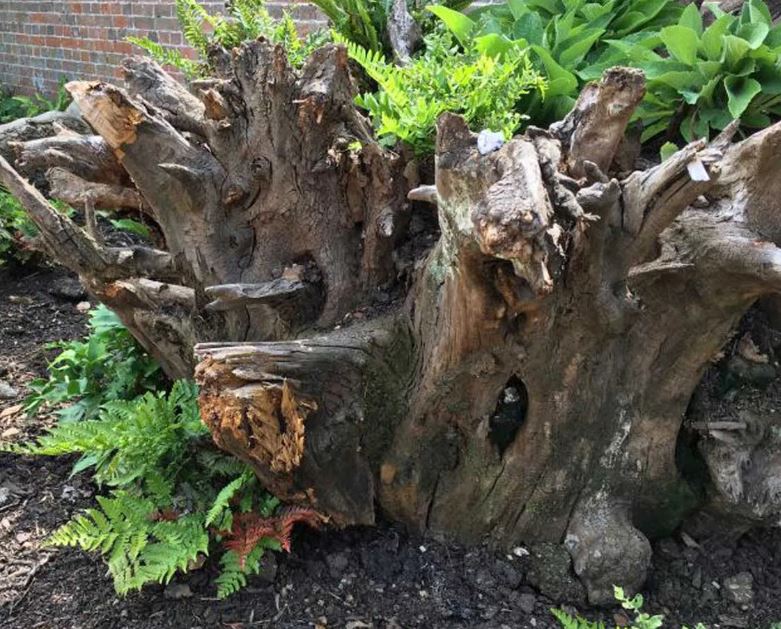
Choosing a location
The first step in making a stumpery is to find a suitable location in the garden or landscape. The best spot is often a place that is already shaded to encourage the varieties of plants and animals that thrive in a stumpery.
Clear the land for its use, but avoid using herbicides to get rid of weeds or unwanted plants, as they can harm frogs and toads that may live in the area, as well as possibly stunting the growth of the plants that will later be encouraged to live there.
A better way is just to clear the space manually and then lay down newspaper, landscape fabric, cardboard, or some other light-blocking material to finish killing off whatever weedy bits are left after the tools have done their work.
Choosing a tree stump
Stumperies can be made out of many different kinds of natural wood features. Traditionally, an entire tree stump is used with exposed roots sticking up for a wild, organic look, with any excess dirt removed to really feature the beauty of the root shapes.
Other more modest stumperies place sections of stumps or trunks partially in the ground and can almost look like a woodpile. Where large stumps or sections of trees are less available or impractical, a stumpery can be created from driftwood, railroad ties, or even reclaimed wood from the demolition of an old structure such as a house or a barn.
By re-using wood that has outlived its primary use, whether as a dead tree or part of an old shed, a stumpery can become an eco-friendly way to return those natural elements back to the earth, albeit in a useful and decorative way.
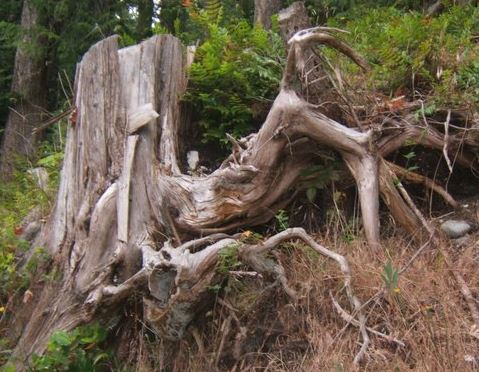
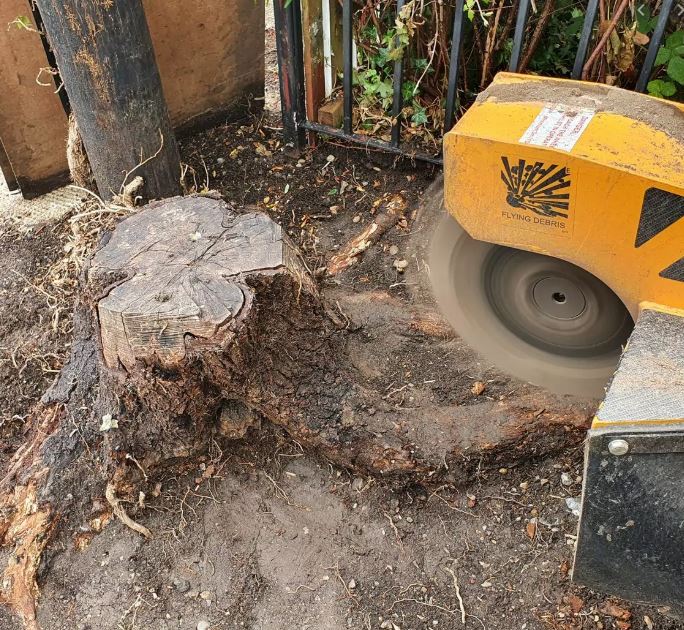
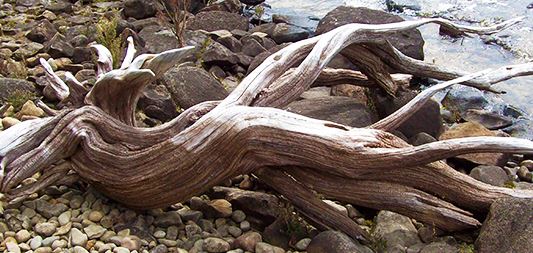
Arranging the tree stumps
Once the wood has been sourced, it can be arranged in any artistic manner that the gardener desires. A stumpery can be created in a way to look more natural, such as simply upending the roots of stumps or arranging a seemingly random scattering of wood, or it can be made in a more considered, artistic way.
For something more grandiose, the elements of a stumpery can be much more deliberately placed, even going so far as to turning stumps and branches into structural shapes like caves or archways.
Choosing which plants to add
Many people add shade-loving plants in and around the wood features of their stumpery. Traditionally, these include plants that like to live on the decomposing wood itself, such as moss, lichens, and ferns. These can be planted in some cases directly in the nooks and crannies of a stump. Any shade-loving woodland plant can be a welcome addition to the stumpery grounds, however.
Hostas, hellebores, or any woodland bulbs such as snowdrop or daffodils are a good start. Good peat moss or compost added to the soil can make it more friendly to these types of woodland plants used to the humus of a forest floor.
As the stumps decompose over time, they also naturally attract other things such as mushrooms and other fungi around them. Just keep an sharp eye for pests.
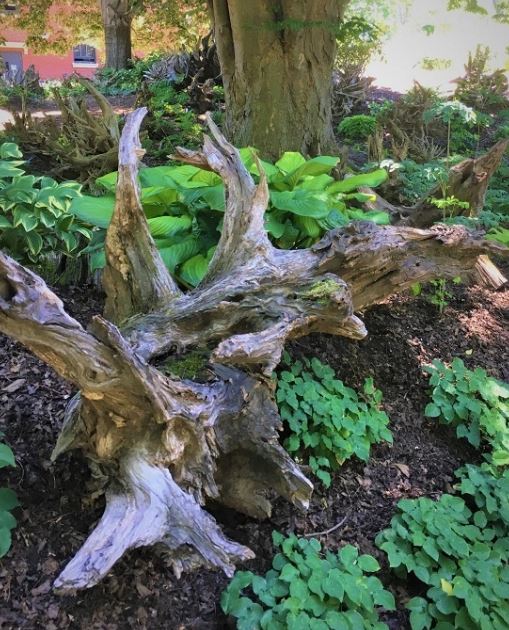
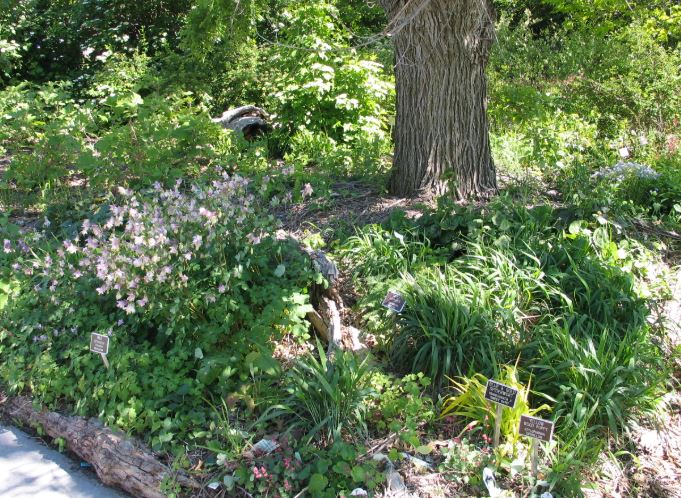
Attracting wild life to a stumpery
The dead wood in a stumpery can be a really attractive home for a wide range of wildlife as well. A whole variety of animals love making their homes in fallen trees, so with time and a good environment, small mammals, amphibians such as frogs or toads, and lizards may take up residence. As the stumps decompose, insects will enjoy living in the wood as well and help the deconstruction. Some stumperies are even built for the purpose of encouraging insects such as stag beetles, or pollinators like solitary bees, to thrive.
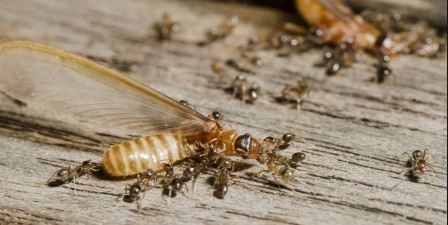
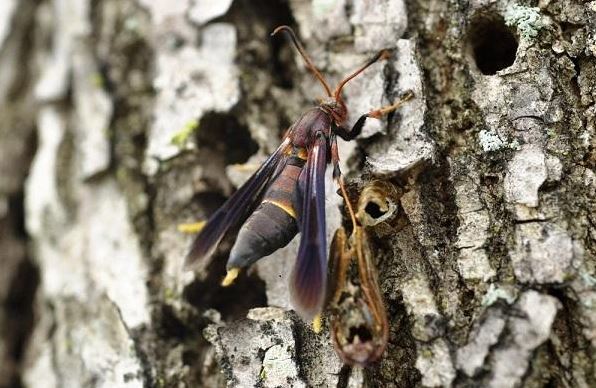
Whether it's just one carved-out stump with a few ferns inside, or a grand affair with arches and steel reinforcements, a stumpery can be an exciting and unique addition to a garden. With the proper planning and a little ingenuity, even a small space can become a little patch of magical woodland.


